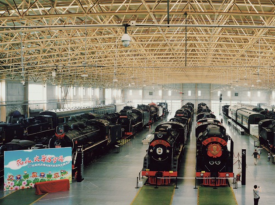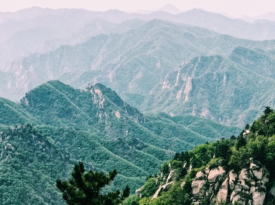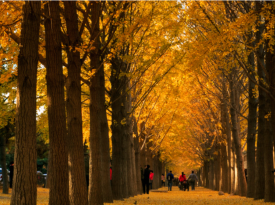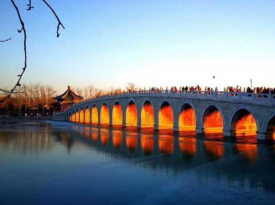The Imperial Garden of the Forbidden City is located at the northern end of the central axis of the Forbidden City. It was first built in the 18th year of the Yongle reign period of the Ming Dynasty (1420 AD). When it was initially built, it was named "Gonghou Yuan", and since the reign of Emperor Yongzheng in the Qing Dynasty, its name has been changed to "Yu Huayuan". It covers an area of more than 12,000 square meters, with a north-south length of 80 meters and an east-west width of 140 meters throughout the garden.
The buildings in the garden are laid out in an axisymmetric manner. Most of the buildings are built along the surrounding walls, and only a few pavilions and terraces with exquisite shapes are placed in the garden, making the whole space appear broad and orderly. This layout style echoes the overall architectural style of the Forbidden City. While embodying the majesty and solemnity of the imperial family, it also shows a sense of symmetry and order. For example, with the Qin'an Hall located on the central axis as the center, numerous pavilions, towers and terraces are distributed in front of and on both sides of it. The Qianqiu Pavilion and the Wanchun Pavilion are symmetrical to each other, and the Fubi Pavilion and the Chengrui Pavilion echo each other. Even the naming of these buildings adopts the form of antithesis between the east and the west, fully reflecting the beauty of symmetry.
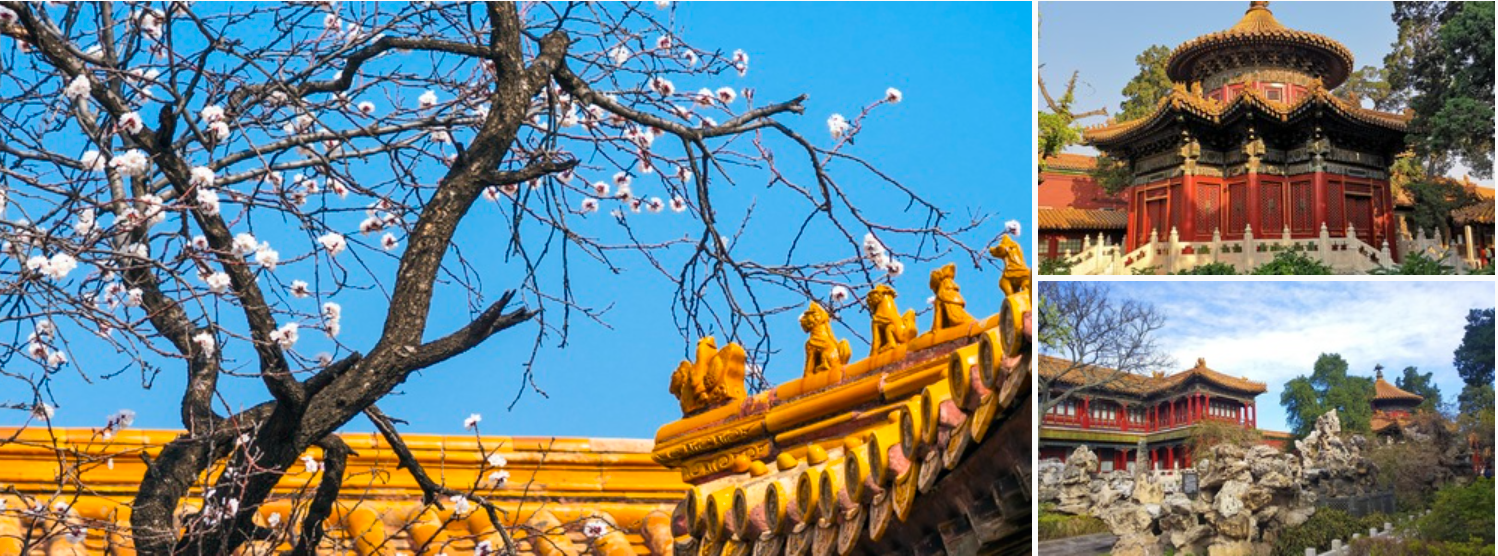
In terms of plant arrangement, a large number of cypress trees, locust trees and other trees are planted in the garden. They remain green all year round, set off by various potted plants and embellished with some bronze statues, adding infinite vitality and energy to the whole garden and forming a unique scene of evergreen throughout the four seasons, which also highlights the traditional Han cultural concept of the unity of man and nature. These plants not only have ornamental value but also reflect to some extent the ancient imperial family's admiration and reverence for nature.
In early spring, the scenery in the Imperial Garden has a unique charm. In particular, the apricot trees beside the Chengrui Pavilion gradually enter their full-bloom period. The pink and white apricot blossoms cover the branches, contrasting with the surrounding ancient buildings and forming a picturesque scene that attracts numerous tourists to come to enjoy and take pictures.
As an important part of the Forbidden City, the Imperial Garden has extremely high historical, cultural and artistic values. It is not only a royal garden where the emperors and empresses of the Ming and Qing dynasties took a rest and enjoyed themselves, but also an outstanding representative of ancient Chinese imperial court architecture and garden art. On March 4, 1961, the Forbidden City, including the Imperial Garden, was announced by the State Council of the People's Republic of China as one of the first batch of national key cultural relics protection units.


